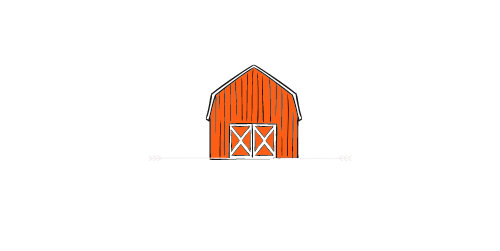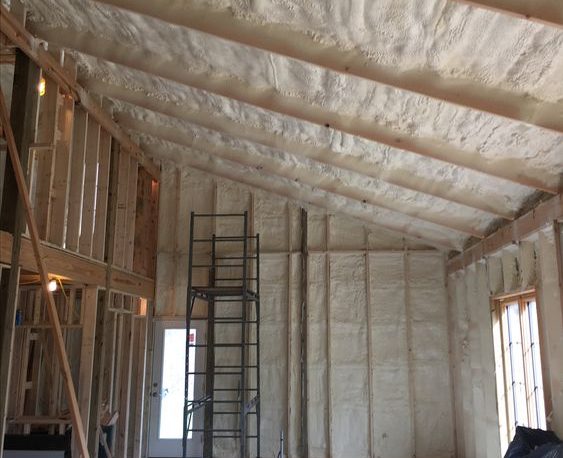
 Best 
Ways to Insulate a
Barndominium
1. Spray Foam Spray Foam Insulation
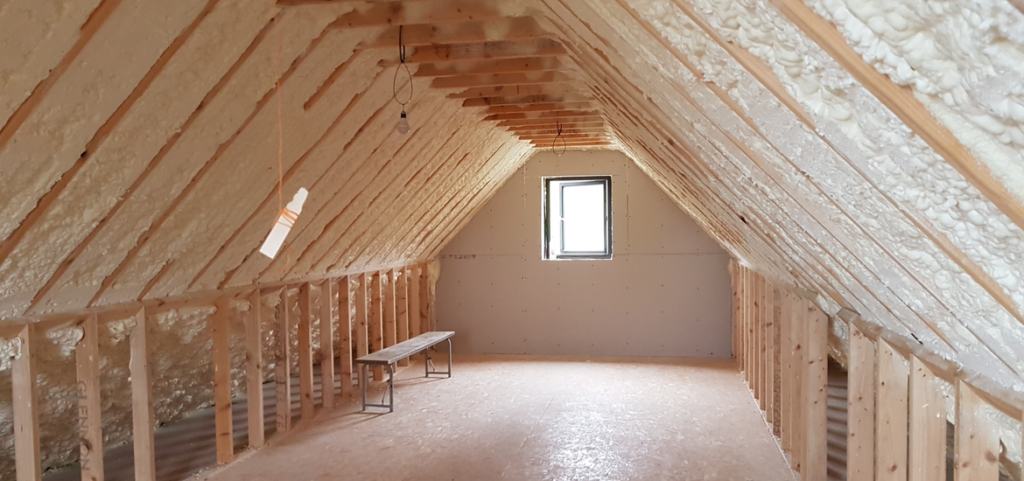
a) Closed-cell foam insulation – The cells that make up the foam are pressed together, leading to a high thermal insulating value for resisting air and moisture infiltration. Typically, the R-values range from 6.5 to 7.0 per inch. As you would expect, closed-cell insulation is the densest and rigid under this category.
b) Open-cell foam insulation – The cells of the foam matrix are not entirely encapsulated. With R-values of 3.5 to 4.6 per inch, open-cell foam insulation doesn’t match the thermal insulation properties of closed-cell foam. Moisture can pass through open-cell foam. However, the material is still a good option in some applications, such as soundproofing insulation.
2. Batt or Blanket Batt or Blanket Insulation
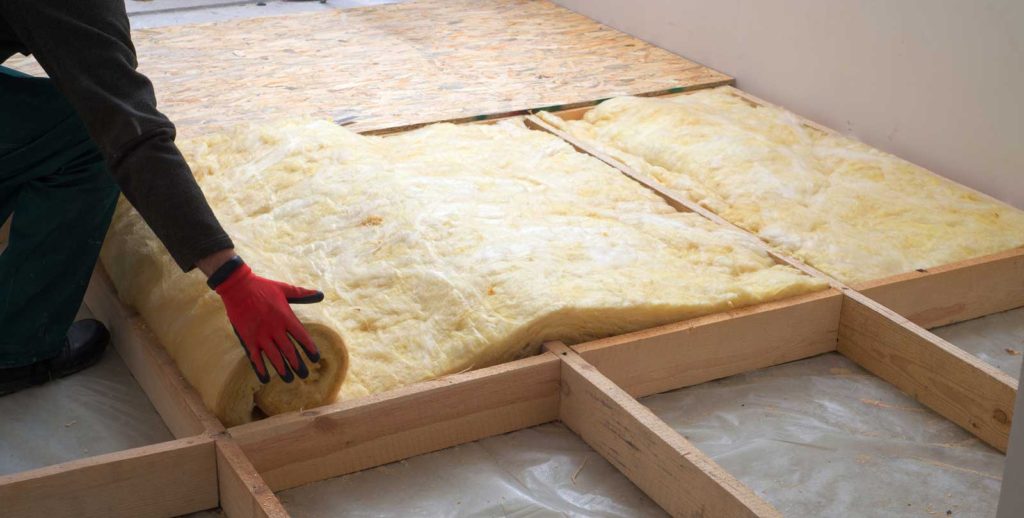
3. Loose-Fill or Blow-In Loose-Fill or Blow-In Insulation
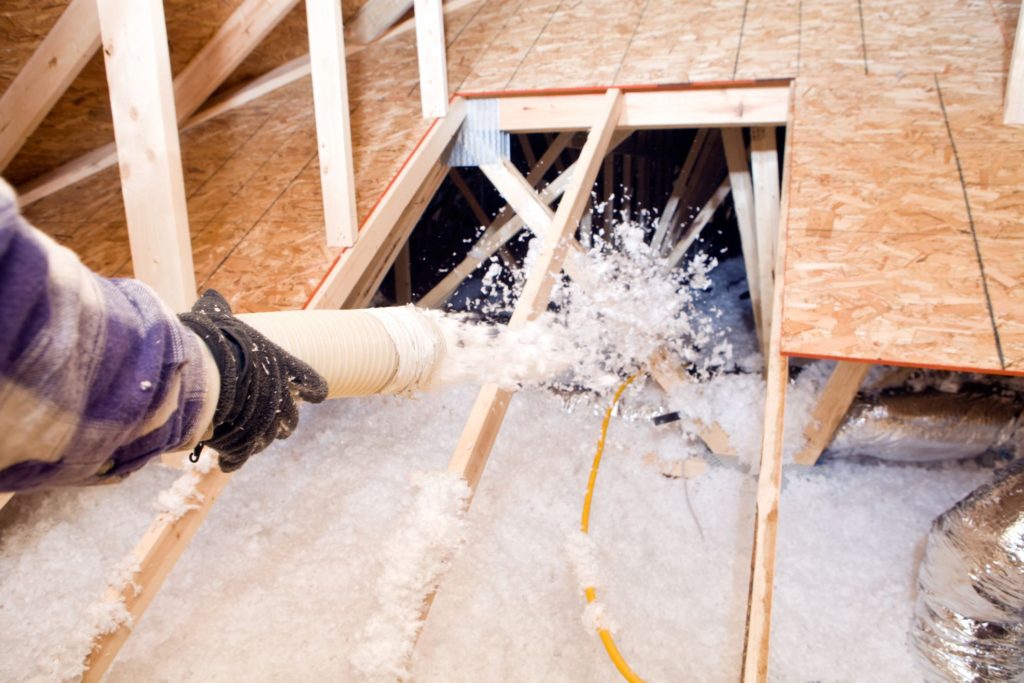
Loose-fill insulation is an excellent alternative to spray foam insulation. After building your barndo, the insulative material is mechanically blown into spaces in exterior or interior wall cavities to reduce the heat or cold transmission. It can be blown into attics and ceilings without much disruption. The job
requires a trained eye for better results.
The insulative material is cellulose or loose fiber. It can be a paper-based product, a form of wood, rock wool, or fiberglass. However, loose-in fiberglass and paper cellulose remain the most commonly used options.
If you live in an area with extremely high humidity levels, blow-in cellulose may not be a good choice. The material can promote mold and rot when exposed to a lot of moisture.
4. Rigid Board Rigid Board Insulation
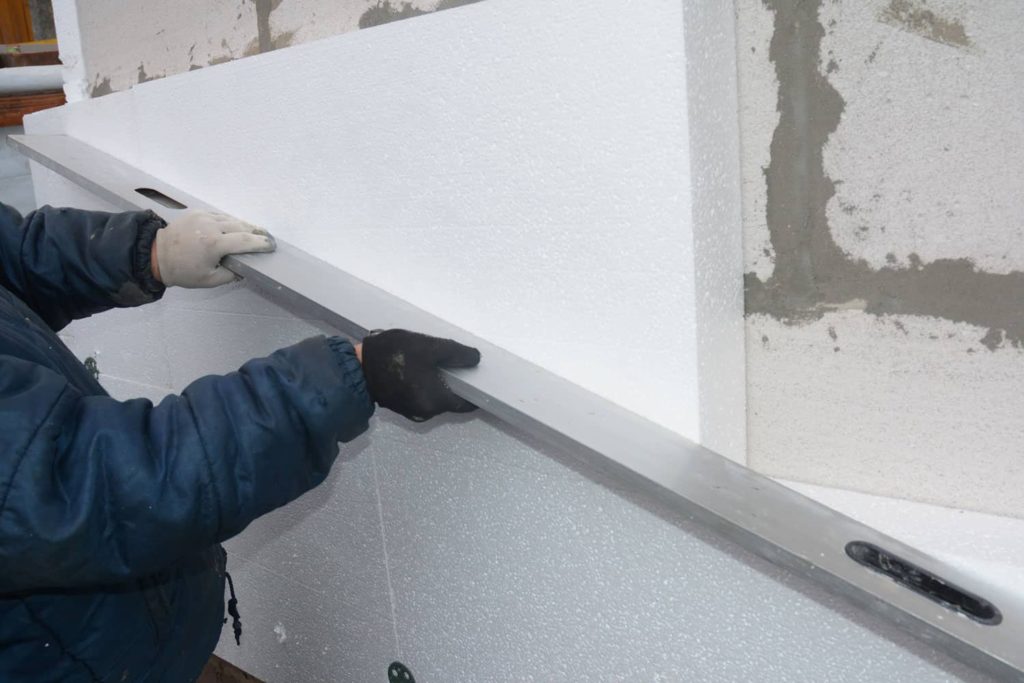
Like batt insulation, rigid board insulation is ideal for barndominiums still under construction. The method involves the use of stiff boards of fiberglass (polyurethane or polystyrene). Its R-value is about 5.0 per inch, but it can be as high as 8.0 per inch.
The boards can be cut to a specific thickness for better insulation. It is worth noting that rigid board insulation is perfect for flat roofs.
This form of barndo insulation also provides excellent soundproofing properties. It can be a great addition, especially if you’re living near an airport or busy highway.
Keep in mind that some local municipalities may require an extra covering material with flame retardant properties to your rigid board insulation. Adding a 1/2 -inch gypsum board is usually the minimum requirement.
Wrapping Up
While insulating a barndo comes at an extra cost, it is all worthwhile. The best barndo insulation options depend on whether your building is still under construction or already built. If it is an existing building, you cannot go wrong with spray foam insulation or blow-in insulation. In case you’re constructing your barndo from scratch, consider batt or rigid board insulation.
